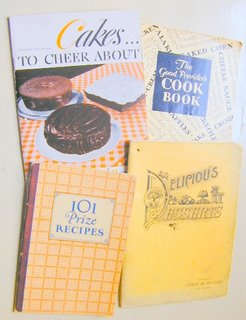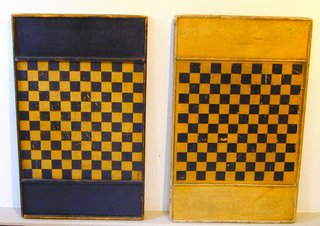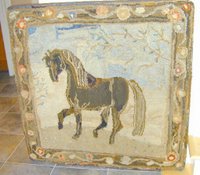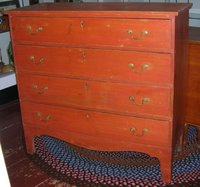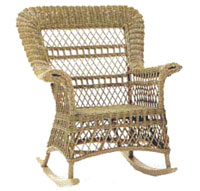
Found this circa 1905 image of families enjoying themselves at the beach on a hot day - makes you wonder how they cooled off with all those swimming clothes they were wearing! They are literally covered head to toe, including long sleeves.
Can't imagine wearing these bathing dresses - they were made of wool flannel, and ladies wore them with stockings, canvas shoes, and - to be fashionable - they wore straw hats with their outfits. Gee, those were ugly straw hats . . .
At that time, there were actually censors who roamed the beaches looking for ladies who exposed a bit too much skin than the local bathing codes would allow!
These bathing lovelies above are from a few years later, circa 1907 or so, and are wearing the latest daring bathing costumes - bloomer suits and stockings. No hats, no shoes, and they even had bare arms.
Fun images from a long time ago . . .


